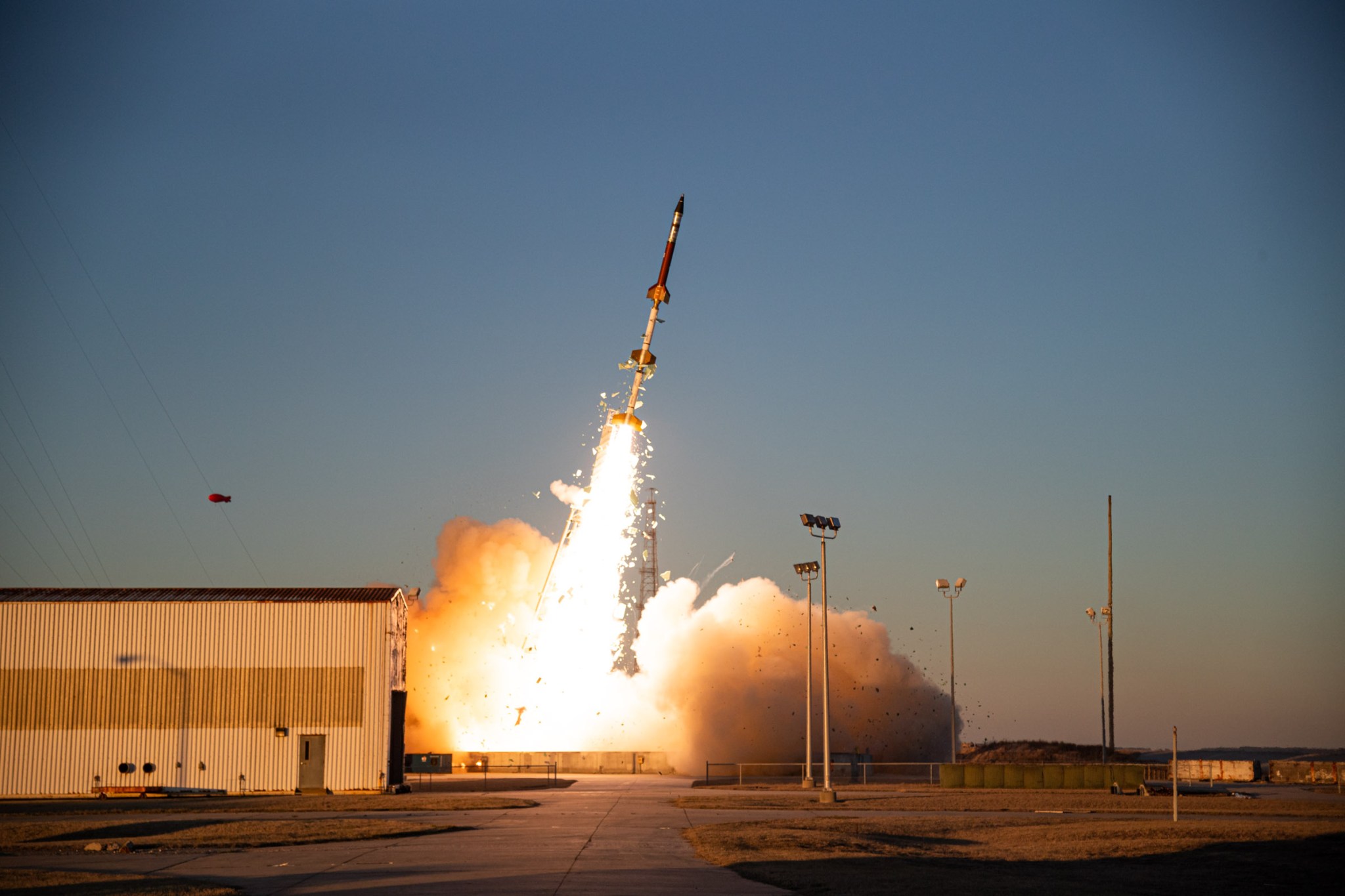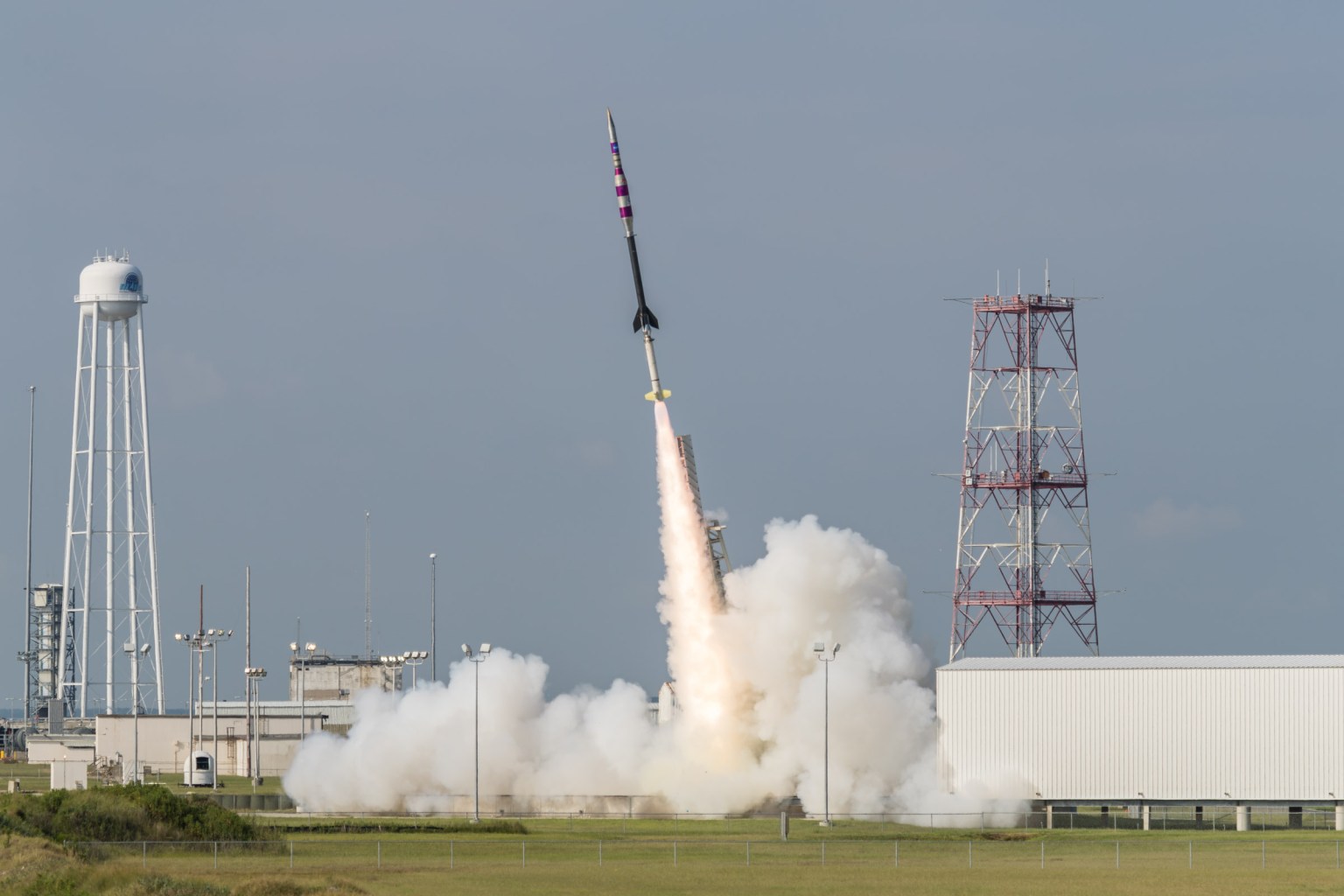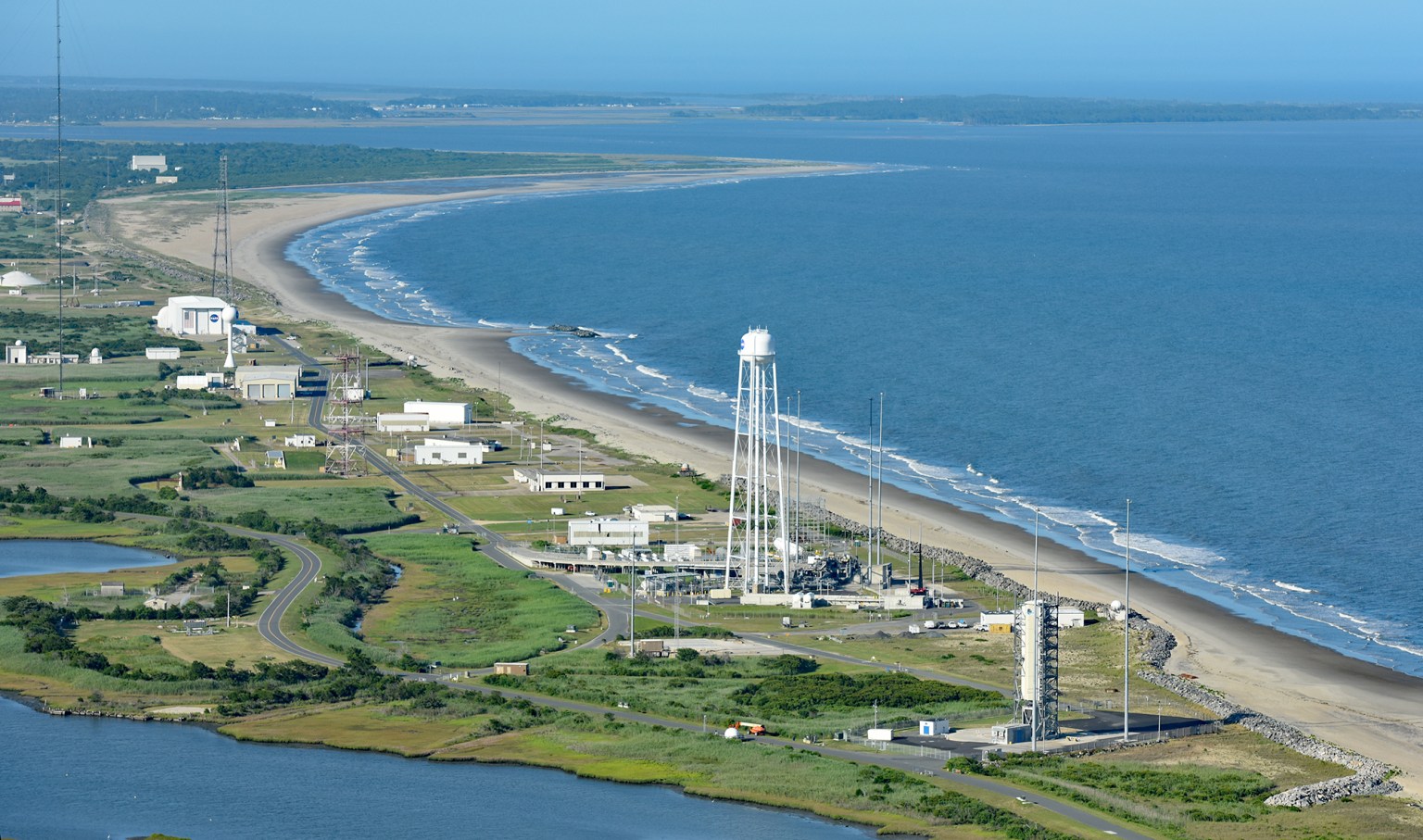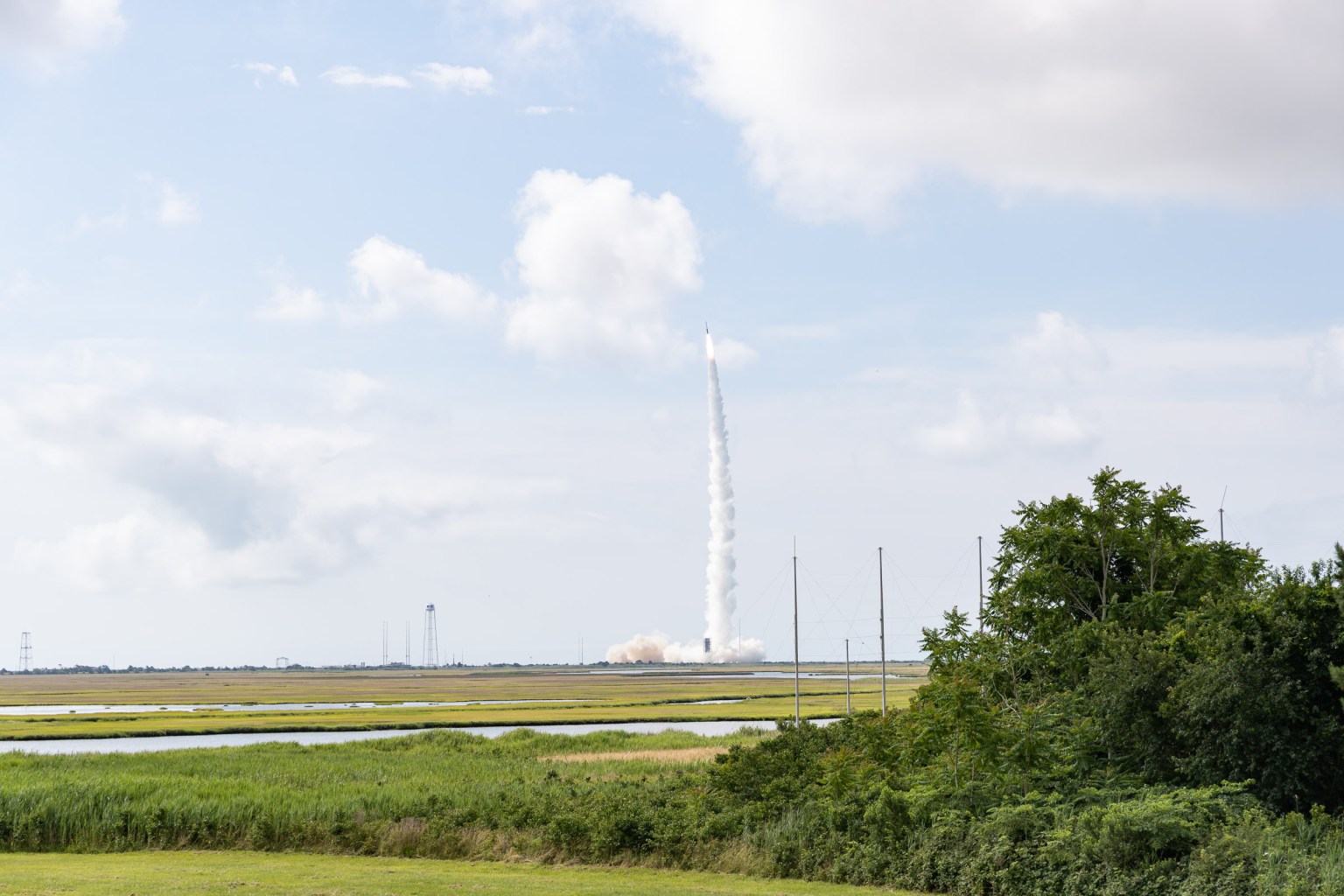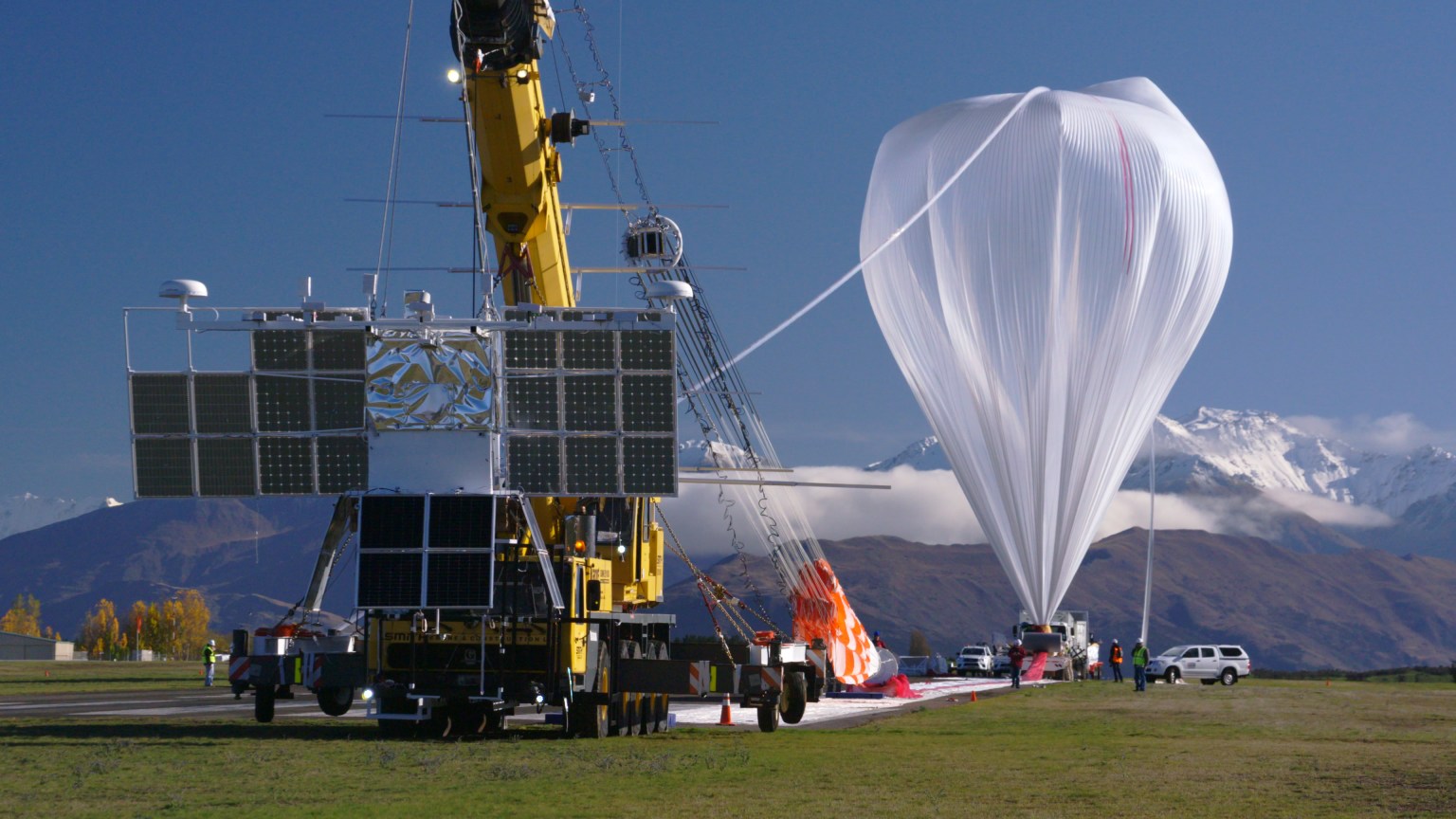Sounding rockets carry scientific instruments into space along a parabolic trajectory. Their overall time in space is brief, typically 5-20 minutes, and at lower vehicle speeds for a well-placed scientific experiment. The short time and low vehicle speeds are more than adequate (in some cases they are ideal) to carry out a successful scientific experiments. Furthermore, there are some important regions of space that are too low for satellites and thus sounding rockets provide the only platforms that can carry out measurements in these regions.
The cost factor makes sounding rockets an attractive alternative as they do not need expensive boosters or extended telemetry and tracking coverage since they never go into orbit. As a result, mission costs are substantially less than those required for orbiter missions. The sounding rocket program takes advantage of a high degree of commonality and in many cases, only the experiment — provided by the scientist — is changed. In some cases (such as almost all astronomy, planetary, solar, and microgravity missions), the payloads are recovered which means the costs of the experiment and sub-systems are spread out over many missions.
Not only are sounding rocket missions carried out at very low cost, but also the payload can be developed in a very short time frame — sometimes as quickly as 3 months! This rapid response enables scientists to react quickly to new phenomena (such as observing the Shoemaker-Levy comet impact to Jupiter) and to incorporate the latest, most up-to-date technology in their experiments.






























